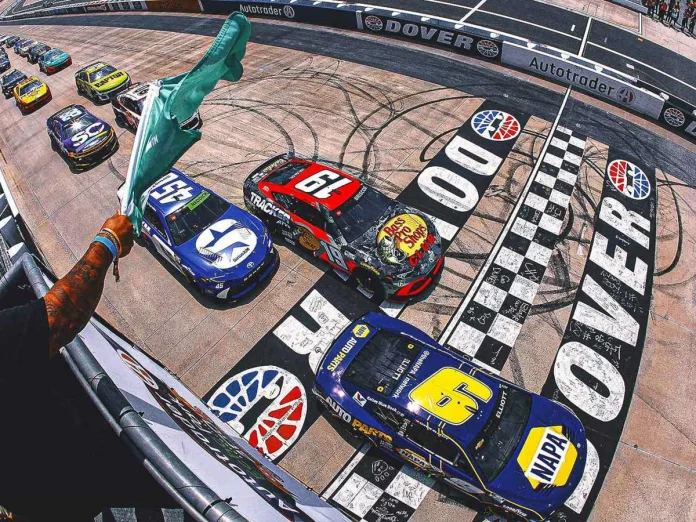NASCAR’s 2026 schedule has ignited discussions across the motorsports world, particularly around the two-week break in the regular season that Austin Cindric called “a game-changer.” This move comes as major track changes—including the debut of a San Diego street circuit and returning favorites—reshape the competitive landscape for teams and drivers.
Major Changes Highlighted in NASCAR’s 2026 Season
The newly announced 2026 NASCAR schedule reflects bold choices by the officials, with some familiar venues making a comeback and others exiting the lineup. Notably, the much-anticipated Mexico City race has been removed, and North Wilkesboro will rejoin as a points race, signaling its renewed importance. Dover inherits the All-Star Race, while San Diego will see a temporary street circuit constructed at Naval Base Coronado. For Austin Cindric, however, it was the built-in break during the regular season that commanded the most attention.
Cindric Applauds Mid-Season Breaks for Teams and Families
This year, Austin Cindric clinched a playoff spot with a Talladega win and has spoken publicly about the relentless nature of the Cup Series season. NASCAR’s decision now introduces a two-week pause—first between events at Martinsville (March 29) and Bristol (April 12), and another following the Indianapolis race on July 26, leaving the August 2 weekend idle before action resumes in Iowa. Cindric recently shared his thoughts on SpeedFreaks, highlighting how these changes benefit everyone working in the series.
“You think about it, we’ve been racing since Easter, which I love. I love that, but god, it is a grind for everybody involved. A lot of people I work with all have families, and those things are very important to have, have a little bit of that time off. So, I think that’s big for the whole industry to have that.”
—Austin Cindric, Team Penske Driver
Cindric stressed that time off is not only valuable for drivers but essential for crew members and their families, whose sacrifices often go unnoticed throughout NASCAR’s demanding schedule. His remarks echo sentiment shared by many in the paddock, who view the pause as overdue recognition of the collective toll taken over a continuous racing stretch.
Track Selection and the Debate Over Road Courses
In addition to the break, Cindric weighed in on NASCAR’s evolving track mix. The 2026 season will feature five road course events, a slight reduction from this year’s six, even as debate rages over the series’ traditional oval roots. Shane van Gisbergen’s dominance—securing four of the five road course wins this year—has fueled criticism that Cup Series racing may be shifting too far from its origins.
Cindric, who is noted for his analytical approach as both a purist and race fan, addressed the need for balance. He underscored that the focus should be on selecting circuits compatible with the heavy, high-powered stock cars, instead of simply choosing exotic venues for spectacle’s sake.
“They do promote some sort of tire fall-off… We can get very physical… I think we need to go to circuits that complement our cars more than just destinations, speaking as like a purist and a race fan. But I know it’s more than just that.”
—Austin Cindric, Team Penske Driver
Officials have thus maintained an emphasis on making sure road courses suit the cars and competitive ethos of the NASCAR Cup Series, aiming for a balance that honors both tradition and evolution. Cindric’s observations also indicate that the conversations around these choices remain active, especially in light of Shane van Gisbergen’s standout performances.
Veteran Perspectives and What’s Next
With track decisions and the new schedule now public, attention turns to how veterans like Denny Hamlin and Brad Keselowski—two staunch defenders of oval racing—will react to the adjusted road course count and the evolving season structure. The intersection between tradition and innovation continues to shape strategy, with organizations such as Team Penske assessing how best to adapt.
As drivers, teams, and fans prepare for these sweeping changes, the spotlight remains on both the competitive and personal impacts. The two-week break in particular represents not just a logistical shift but a cultural one within the NASCAR world, addressing the well-being of everybody from drivers to families. Austin Cindric on 2026 NASCAR schedule is at the center of a broader conversation, reflecting new priorities in America’s premier stock-car series.

